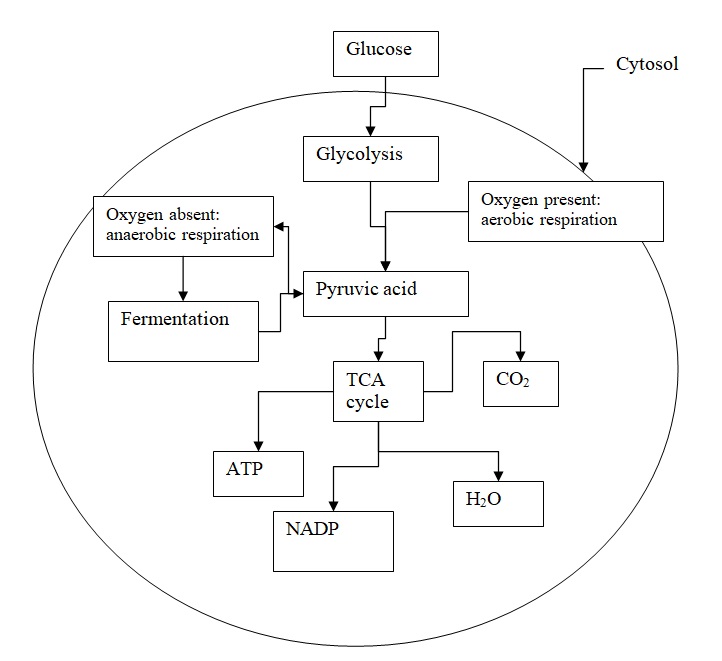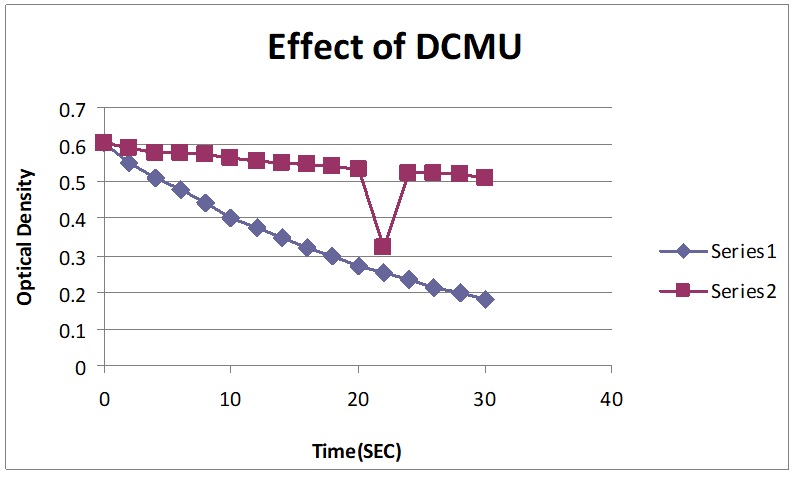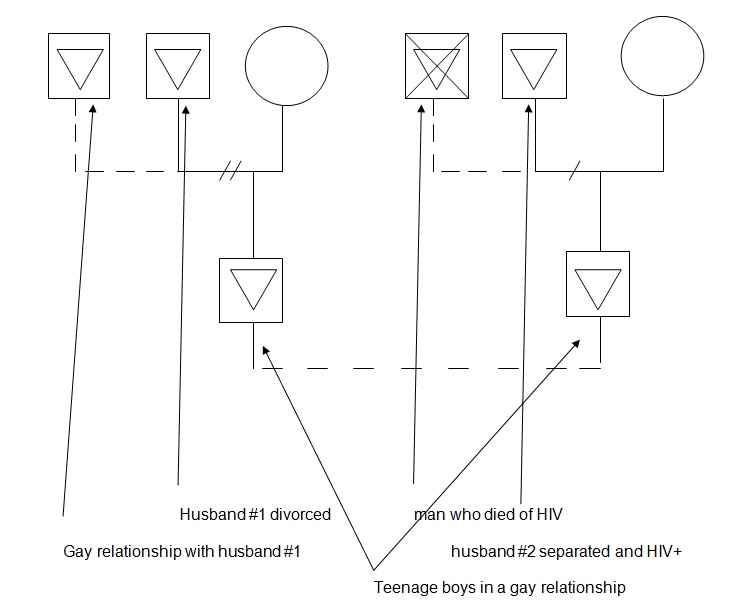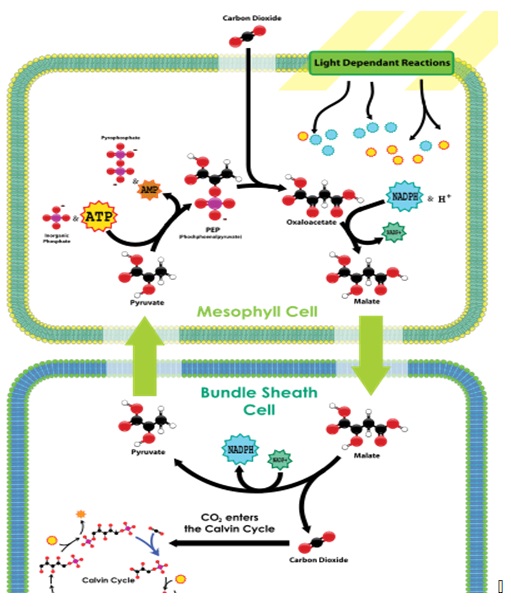Abstract
The practical was carried out to investigate the various forms of plant cell metabolism. The process of photosynthesis and fermentation was the main focus of the practical exercise. The first practice was on photosynthesis (the hill reaction) and variations in light intensity, light wavelength and inhibiting substances were investigated. The second practical focused on starch synthesis “the Dark reaction,” this is the light-independent stage of photosynthesis. In this experiment, the conversion of sugars to starch for storage is shown in the third experiment, fermentation was studied using fresh and boiled potato extracts and the yeast cell (Saccaromyces cerevisiae). The role of the fermentation process to provide energy for the yeast cells is shown in this experiment. The results were tabulated, analysed and discussed to understand the practical.
Introduction
Cellular metabolism is a complex process that occurs both in plants and animals. “The various processes that take place are catalysed by respective enzymes involved.” (Kamau, 145) Much of the metabolic activities are dedicated to generating energy for cellular activity. “Plants in particular manufacture food by the process of photosynthesis.” (Nelson 3) In the process carbon is converted to organic compounds using the sunlight, the organic compounds, which are mainly in form of sugars, are utilized as food by plants and animals. Photosynthesis takes place in chloroplasts; a lot of research has been done in the past to determine the different factors (for example, Light intensity and wavelength) that affect photosynthesis. Part of the present study aims at ascertaining the factors that play a role in photosynthesis.
Following photosynthesis, a biosynthetic process called the “the dark reaction” takes place in the matrix of the stroma, the process leads to the formation of other forms of sugar. (Allen, 145) Another metabolic process is fermentation. This is the conversion of carbohydrates to energy with the production of alcohols and acids. It involves transferring electrons obtained from the breakdown of nutrients back to molecules of the same nutrients. Fermentation is utilized to break down sugars and release energy among other products. In order to confirm the above cell metabolic activities, three experiments were set up: experiment one to investigate the hill reaction and effects due to variations in light intensity, wavelength and photosynthesis inhibiting chemical. Experiment two investigates the dark reaction phase of photosynthesis where by the energy is stored and can be retrieved when there is a shortage and experiment three investigate the process of fermentation.
Materials and Method
Materials
- Spectrophotometer
- Spectrophotometer cuvettes
- Phosphate buffer (pH6.5)
- Chloroplast suspension
- Sodium hydrosulfite
- Distilled water
- Wrapping foil
- DCMU
- 10nM glucose-1-phosphate
- Starch solution
- 1M KH2PO4
- Fresh potato extract
- Boiled potato extract
- 10% glucose
- 2% yeast suspension
- 2 Conical flasks
- Syringes
Procedure
Experiment 1: The hill reaction
Freshly boiled chloroplast suspension was obtained and allowed to return to room temperature. Four clean spectrophotometer cuvettes were obtained and labelled 1-4.
3.0 ml of Phosphate buffer (pH 6.5) and 1.0 ml of chloroplast suspension were added to each tube. Other solutions were added to the tubes respectively as indicated in the practical manual. The spectrophotometer was blanked and the tubes read at 600nm, the results were recorded.
The experiment was repeated with different variations in: Light intensity, light wavelength and the herbicide DCMU which inhibits photosynthesis
Experiment 2: Determination of starch synthesis in a potato
6 clean glass test tubes were obtained and labelled 1-6. 3 ml of 10mM glucose phosphate and 1 drop of 0.2% starch solution were added to tubes 1, 2, 3, 4, and 5. 3ml of distilled H2o, 0.1 ml of 0.2% starch solution and 0.2 ml of 1M KH2PO4 were added to tube 6. The tubes were treated respectively as indicated in the practical manual (with boiled and fresh potato extract). Iodine solution was added to the tubes and the colour changes were observed and recorded
Experiment 3: Cellular Fermentation in yeast
5ml of 10% glucose and 5ml of 2% yeast suspension was added to a conical tube which was then inverted to mix the suspension. Another conical flask was used to mix 5ml of distilled water with 5ml of 2% yeast solution. The flasks were incubated in a water bath at 40 degrees Celsius for 5min. Two syringes were labelled and the solutions were manipulated in them as indicated in the practical manual. The rate of fermentation of sugar was recorded graphically in the lab notebook.
Results
Experiment 1: photosynthesis, the hill reaction

Variations in conditions
Variation 1: effects of light intensity.



Experiment 2- Starch Synthesis in Potato
Lightest 2- Semi-dark 3- Darkest.
Experiment 3: cellular fermentation in yeast

Discussion
In the first experiment (the hill reaction), the rate of photosynthesis remained the same for cuvettes 1 and 3, there was no evidence of photosynthetic activity in the fourth cuvette. In cuvette 5, the photosynthetic activity decreased with time. With variation in light intensity, the photosynthetic process in all the cuvettes slowed down with a decrease in light intensity. This indicates that light is vital for the process of photosynthesis. The graph showed a slight change in the photosynthetic process as a result of a change in the light wavelength. In the third variation, the herbicide DCMU (3-(3-4-dichlorophenyl)-1, 1-dimethylurea) which inhibits photosynthesis by blocking electron transport from photo system. The DCMU affected the hill and seemed to be inhibiting the photosynthesis process. In the second practical to investigate starch synthesis (dark reaction), fresh and boiled potato extracts were used. In the fresh potato extracts, there was evidence of starch synthesis. The second practical intended to show that photosynthesis takes place in two phases, the light-dependent phase and the light-independent phase. In the first phase, there is capture and storage of energy in form of ATP and NADH. In the second stage, the captured energy is used to process starch. When the energy is produced by photosynthesis is not sufficient for the plant’s metabolic activities, the starch is converted back to sugar to provide for the deficit. In the practical, the process of making starch was performed by placing a primer in the presence of sugar and enzyme phosphorylase. Iodine was used to indicate the presence of starch.
In the third practical where the cellular fermentation of different sugars was to be determined, the results were as follows: The fermentation for galactose short up over a short time and maintained high rates of fermentation. The rate of fermentation for glucose, fructose, sucrose, maltose and lactose rose up gradually with the increase in time. The yeast that was used, S cerevisiae grows aerobically on a substrate containing glucose, trehalose and maltose. Other sugars like cellobiose and lactose due support optimum growth of the yeast cells. In the experiment conducted, fermentation occurred faster in galactose than the other sugars, this ndicates that galactose is the is the most favourable sugar for S. cerevasiae
Photosynthesis
From the experiments, it is deduced that photosynthesis occurs in two stages, the light-dependent and the light-independent stage. “Generally, in the first stage energy is captured and stored in the form of ATP and NADPH.” (Allen) In the second stage (light-independent stage the energy stored is used to process sugars using carbon.

Fermentation
In the fermentation process, “the electrons released by nutrients are transferred back to the molecules of nutrients that produced them.” (kamau, 133) The fermentation process is utilized by an organism to extract energy from starch. “The fermentation process results in the formation of alcohol and acids though its main purpose is the production of energy.” (Kamau, 134) Fermentation takes place mostly on starch and is carried out by yeast cells, for example, Saccaromyces cerevisiae which is a unicellular ascomycete fungus that lives on the surface of fruits and grains and survives by extracting energy from the plenty available sugars. The budding yeast utilizes the sugars for its nutrition, during the process of fermentation alcohol and acid are produced as by products.
Works cited
Allen, Williams. “Photosynthetic reaction centers” FEBS Lett 438 (1-2): 5-9.1998. Print.
Kamau, James. Biological systems 2nd Edition. Nairobi: East African Publishers, 2002 Print.
“Light dependent and independent reactions: Photosynthesis.” Web 2010 Wikipedia.org. Web.
Nelson, David. Lehninger Principles of Biochemistry, New York: W.H. Freeman and company Publishers. 2005 Print.